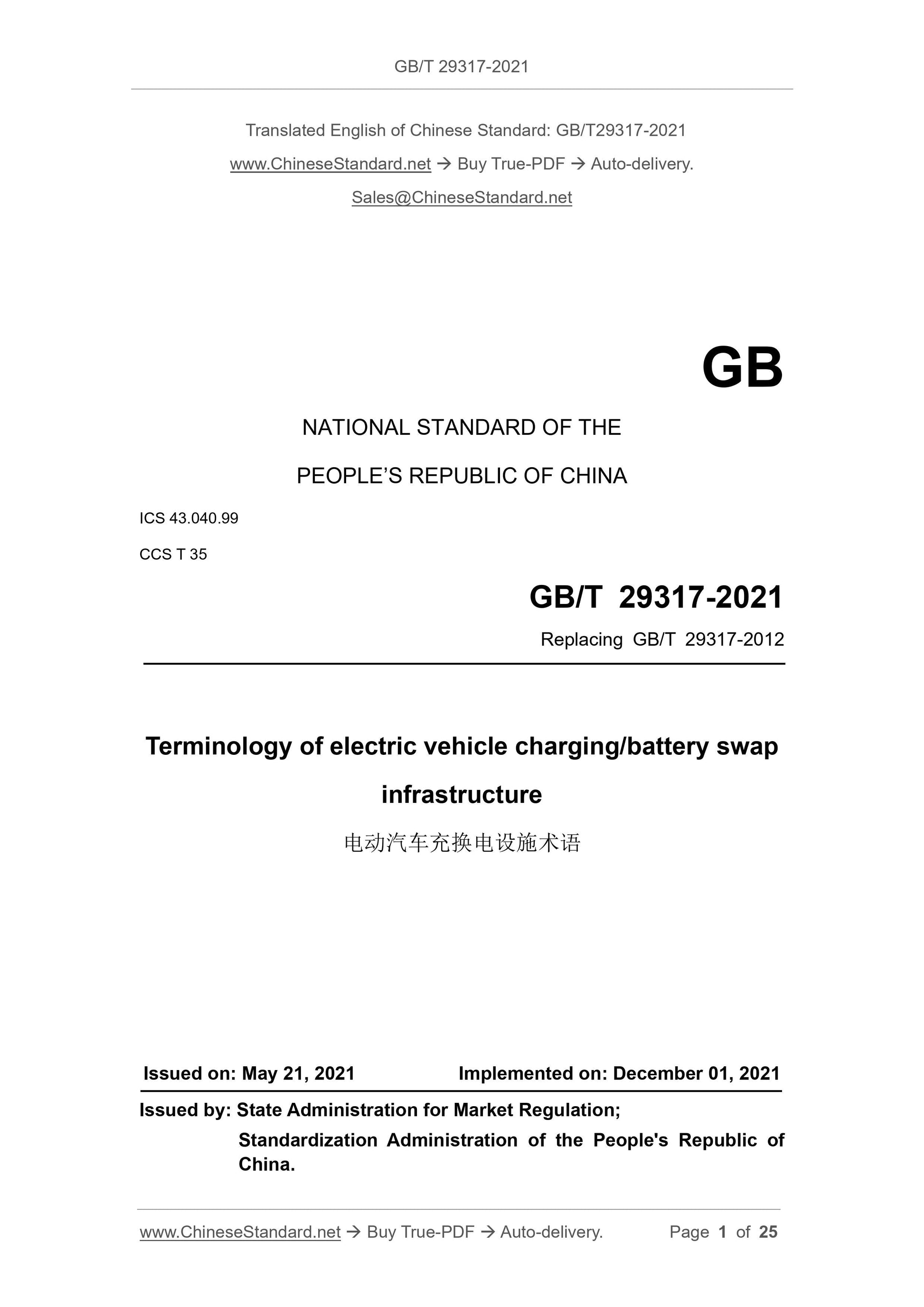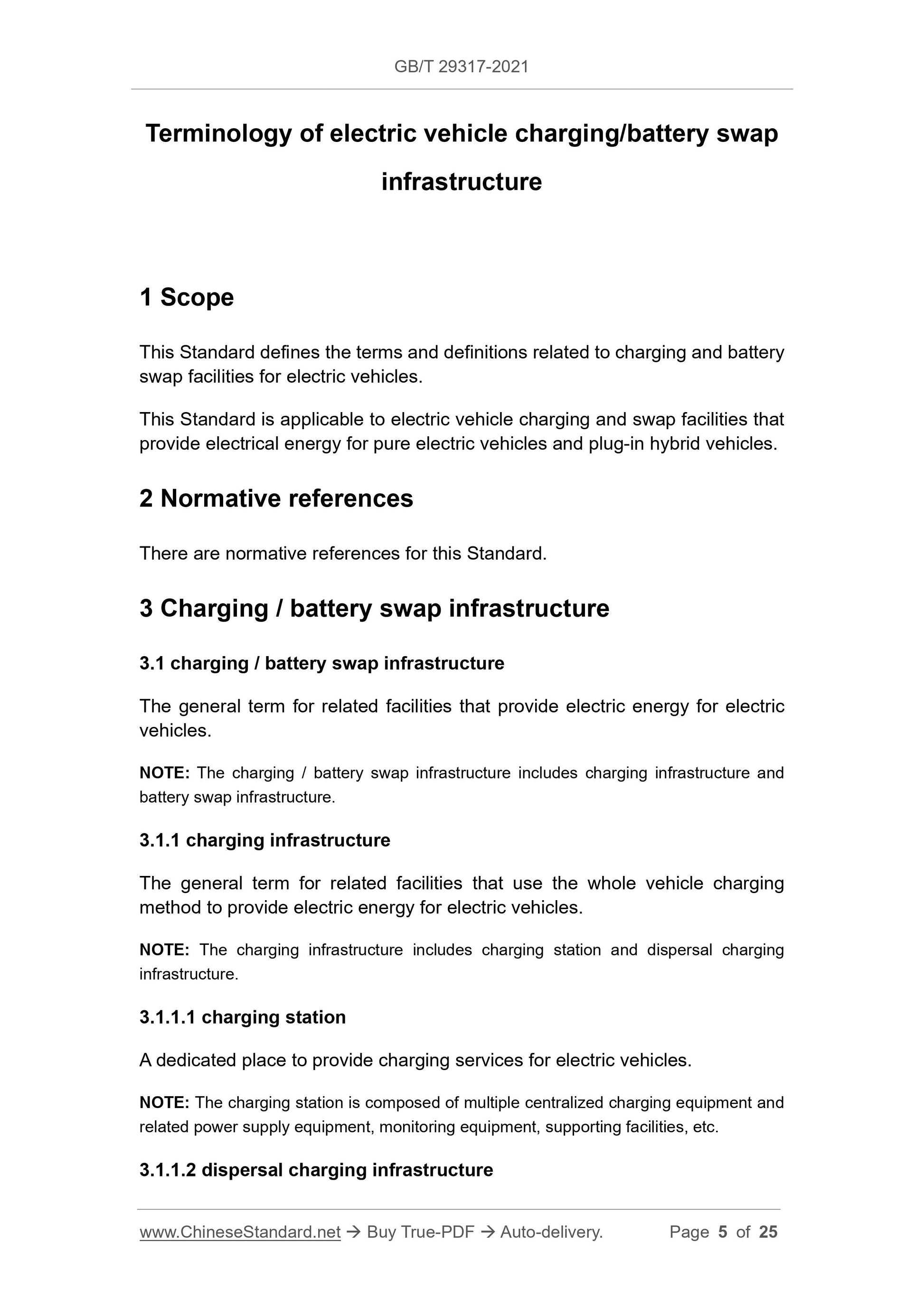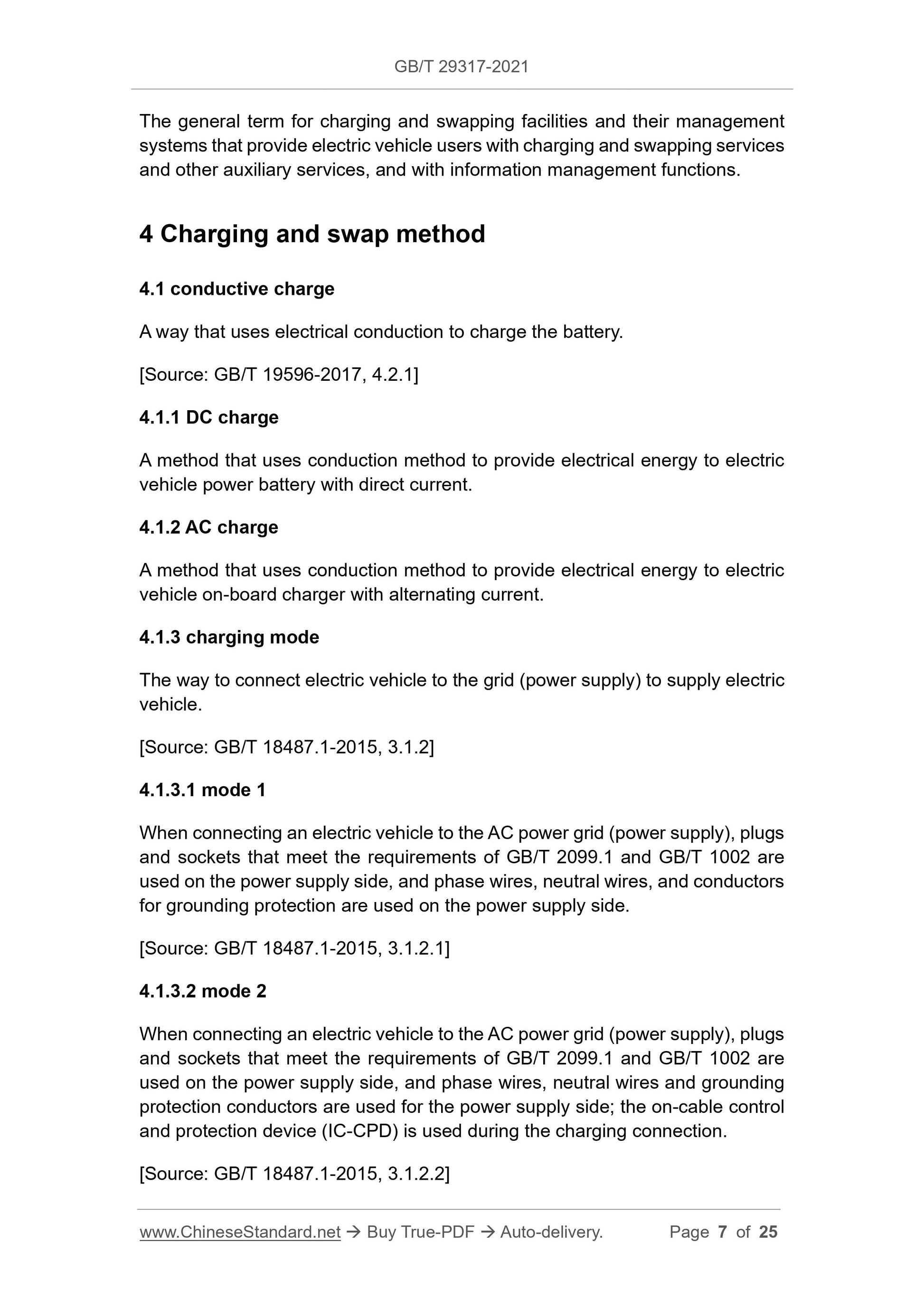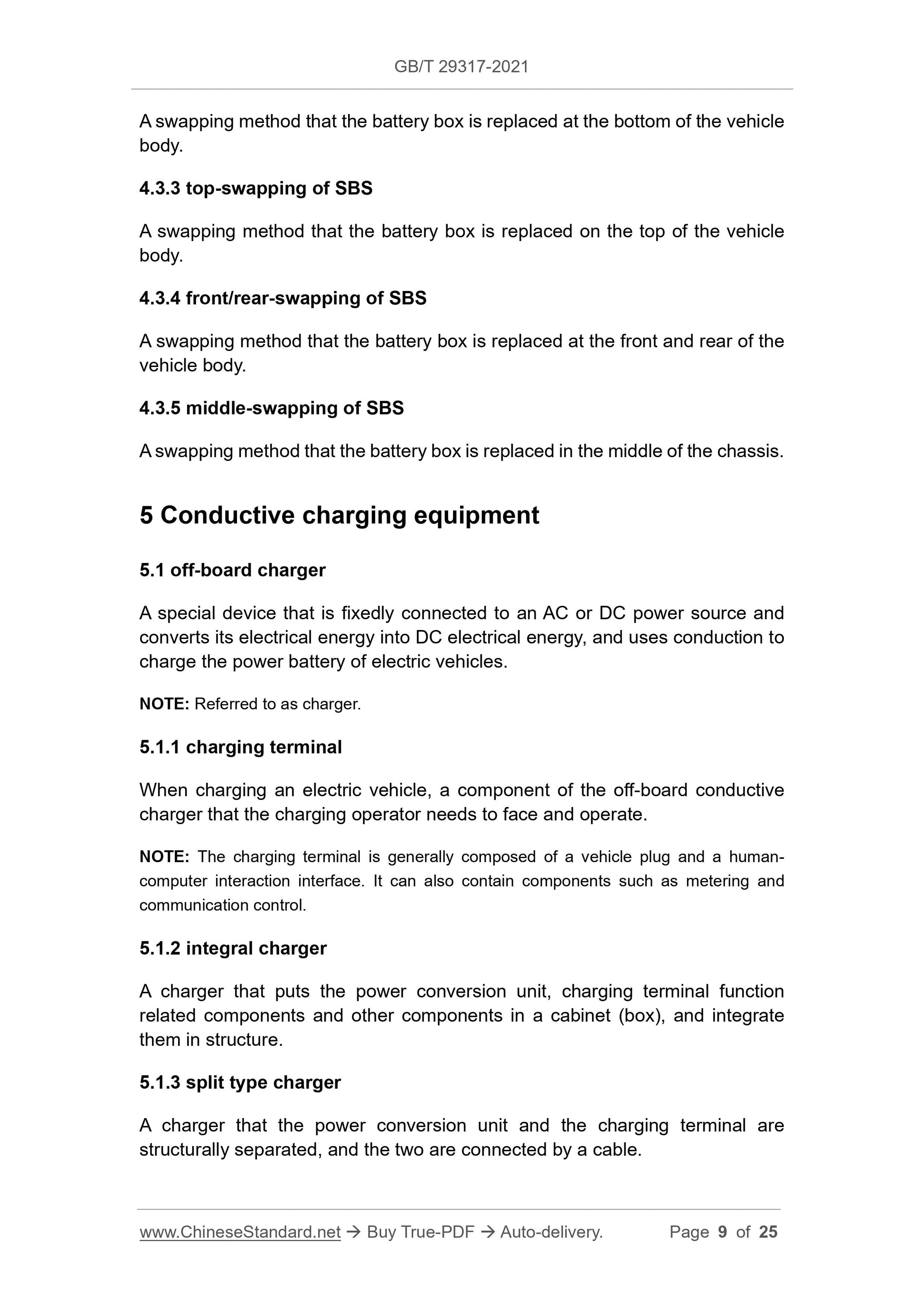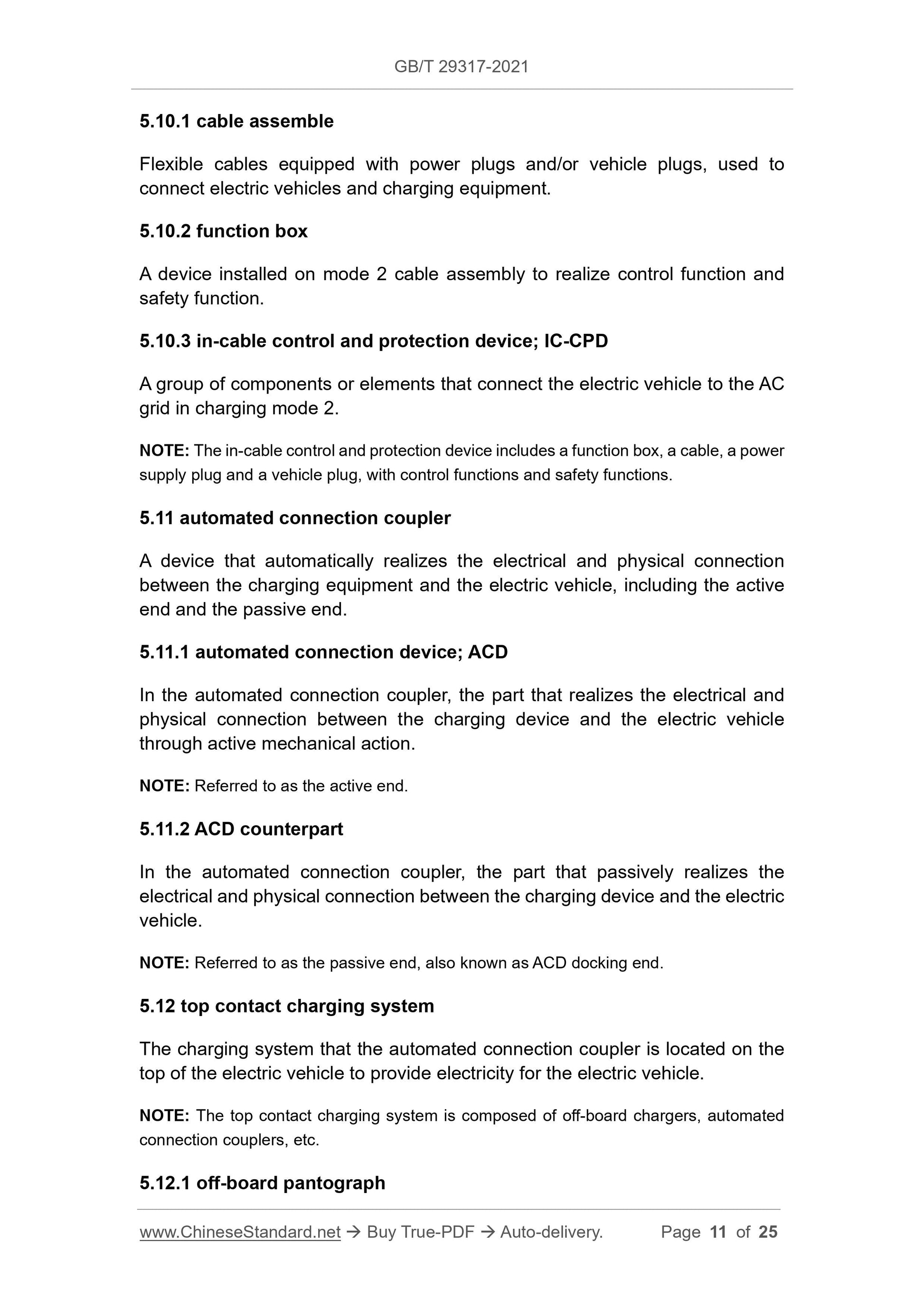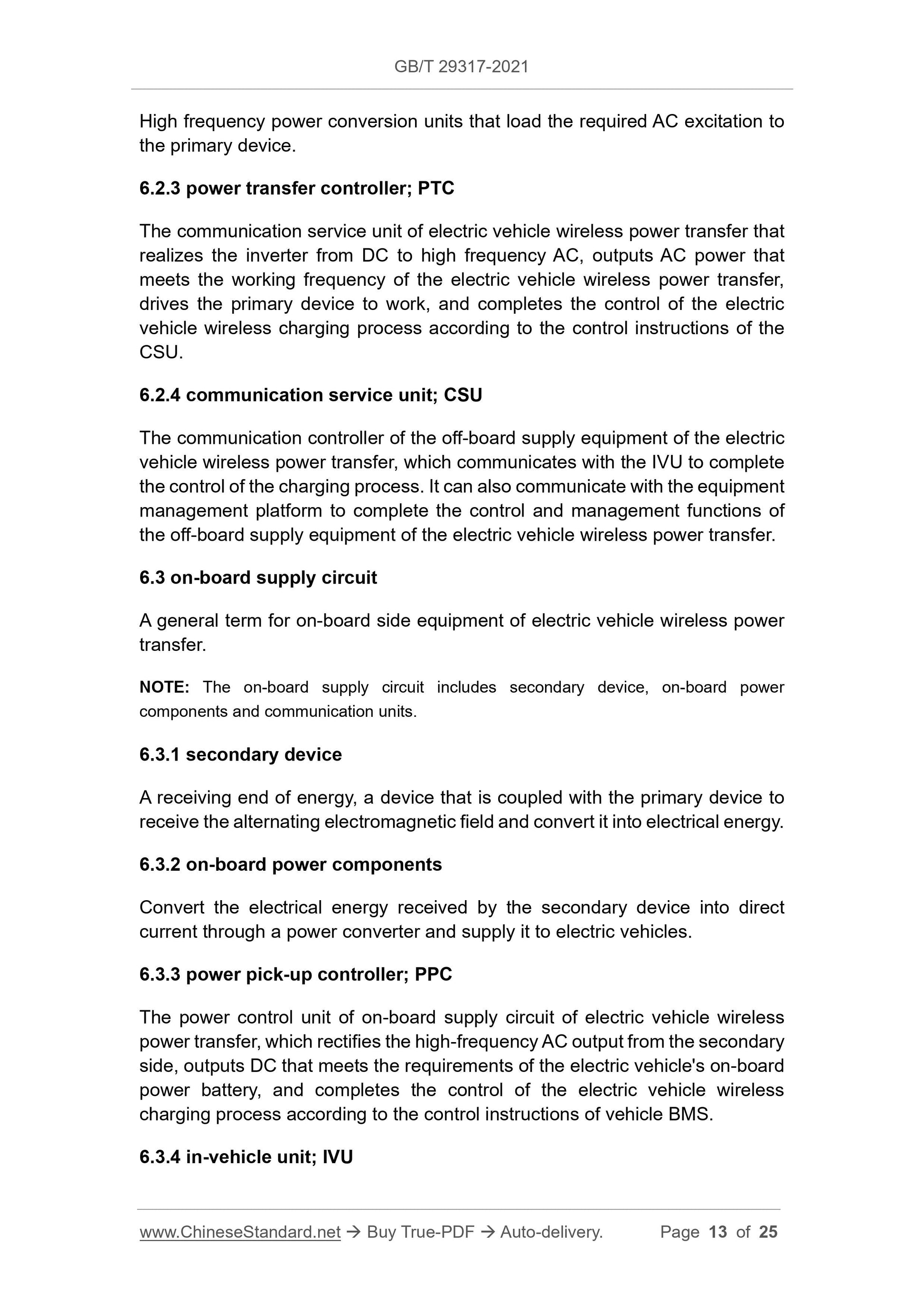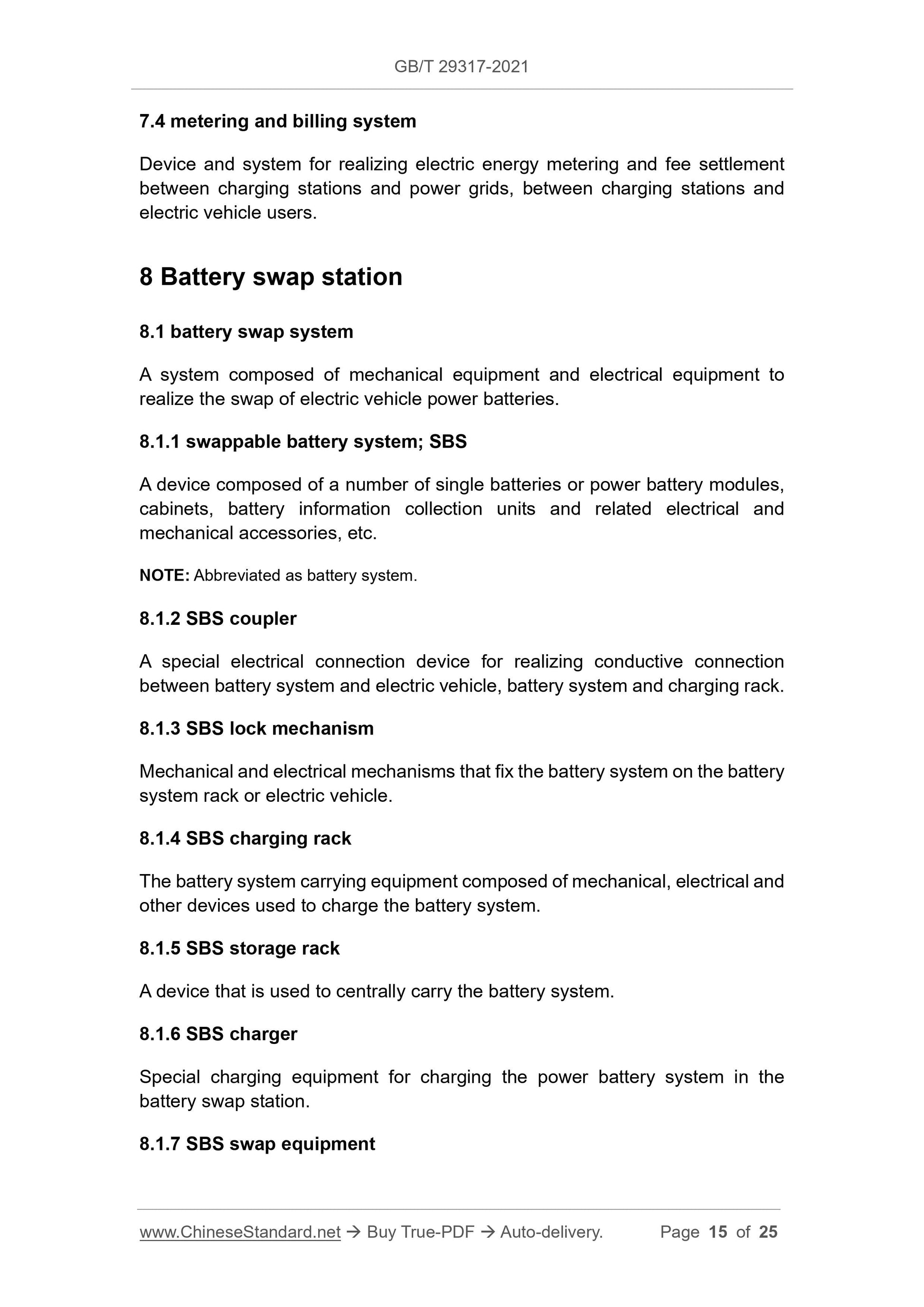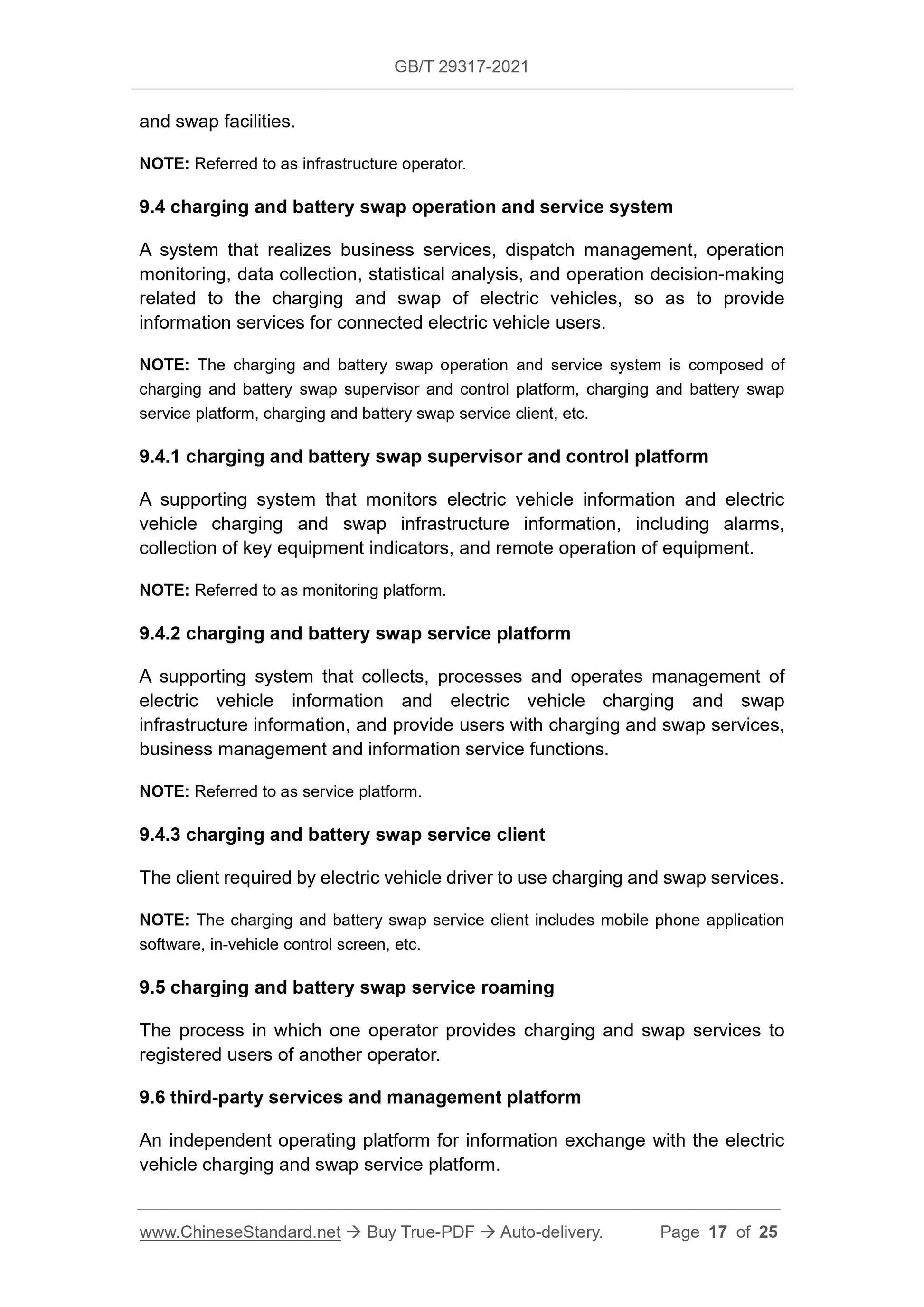1
/
of
9
www.ChineseStandard.us -- Field Test Asia Pte. Ltd.
GB/T 29317-2021 English PDF (GB/T29317-2021)
GB/T 29317-2021 English PDF (GB/T29317-2021)
Regular price
$305.00
Regular price
Sale price
$305.00
Unit price
/
per
Shipping calculated at checkout.
Couldn't load pickup availability
GB/T 29317-2021: Terminology of electric vehicle charging/battery swap infrastructure
Delivery: 9 seconds. Download (and Email) true-PDF + Invoice.Get Quotation: Click GB/T 29317-2021 (Self-service in 1-minute)
Newer / historical versions: GB/T 29317-2021
Preview True-PDF
Scope
This Standard defines the terms and definitions related to charging and batteryswap facilities for electric vehicles.
This Standard is applicable to electric vehicle charging and swap facilities that
provide electrical energy for pure electric vehicles and plug-in hybrid vehicles.
Basic Data
| Standard ID | GB/T 29317-2021 (GB/T29317-2021) |
| Description (Translated English) | Terminology of electric vehicle charging/battery swap infrastructure |
| Sector / Industry | National Standard (Recommended) |
| Classification of Chinese Standard | T35 |
| Word Count Estimation | 22,257 |
| Issuing agency(ies) | State Administration for Market Regulation, China National Standardization Administration |
Share









